 welcome, ghosts
welcome, ghostsHere is a wonderful photo blog I recently discovered...lot's of great Polaroids, and I especially love the way the photo above works with the green curtains in the previous post.
when the curious girl realizes she is under glass
 welcome, ghosts
welcome, ghosts Patty Cake Melting
Patty Cake Melting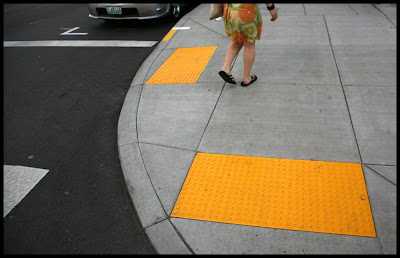 Stroll by J Randall Updegrove
Stroll by J Randall Updegrove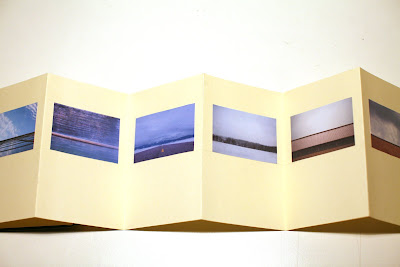

 Ed Ruscha Every Building on Sunset Strip (1966)
Ed Ruscha Every Building on Sunset Strip (1966)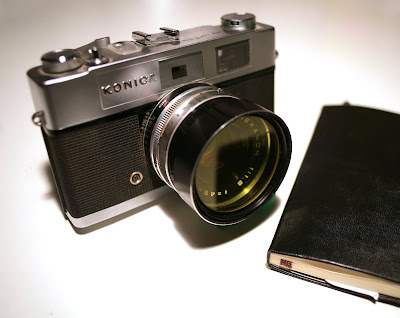
“In common with other artists the photographer wants his finished print to convey to others his own response to his subject. In the fulfillment of this aim, his greatest asset is the directness of the process he employs. But this advantage can only be retained if he simplifies his equipment and technique to the minimum necessary, and keeps his approach free from all formula, art-dogma, rules, and taboos. Only then can he be free to put his photographic sight to use in discovering and revealing the nature of the world he lives in.”-Edward Weston, Seeing Photographically
“Having the bare necessities makes you more agile in body and mind. The very limitations of the equipment force you to work harder. The fewer visual tricks you can rely on, the cleverer you have to be about the basics of composition and timing.”-Tom Ang, The Tao of Photography
 Vero Beach. 2008
Vero Beach. 2008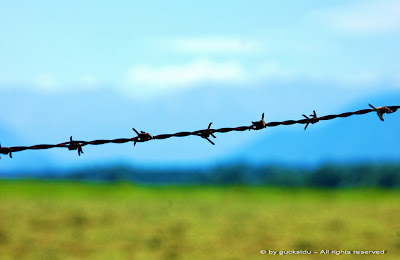 the horizon by guckstdu
the horizon by guckstdu horizon by generalnoir
horizon by generalnoir the same horizon by Norma Desmond
the same horizon by Norma Desmond David Semeniuk
David Semeniuk
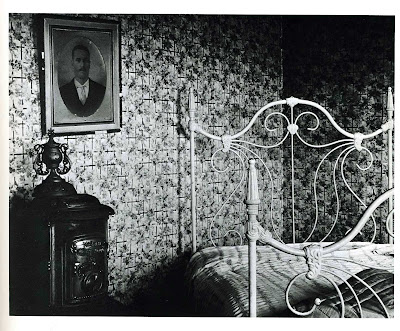

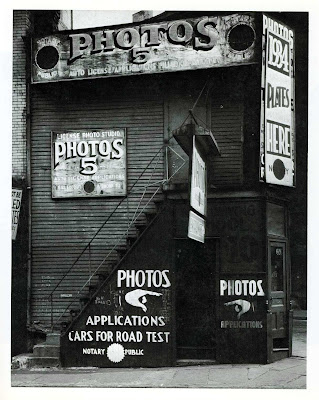







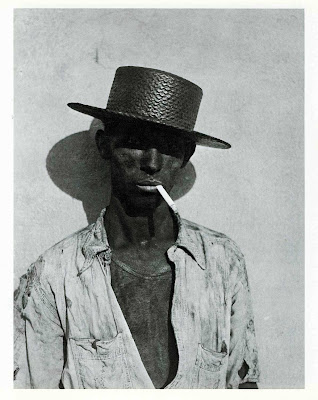

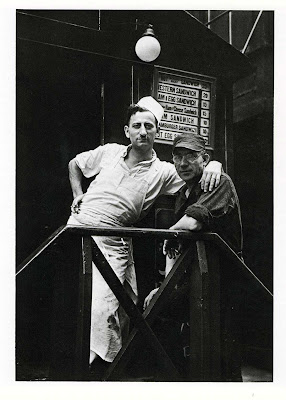

"The state of mind required to shoot film is one of heightened, intense concentration and analogous to the mindset required for Zen meditation. It’s pure zen in fact. You are truly living in the moment, electric with anticipation, open to life unfolding before you.
The state of mind when shooting digital is more relaxed, more easily distracted. It’s more like everyday life, nothing that special is required. Especially if you are in fact trained as a photographer and have some skills. The camera does leverage your abilities, no doubt. But while you have your head down checking the LCD guess what? You just missed your pulitzer. That LCD is crack. You just can’t get enough. We all want instant gratification and here you have it. Bliss. Yet the act of constantly checking the back of the camera is taking your head out of the game. You gain a useful bit of knowledge but at what cost? I know it also can save time we used to spend covering our asses with brackets and snip tests and whatnot but if it’s moments in time you are after, I now believe it’s the disciplined Zen mindset you need."